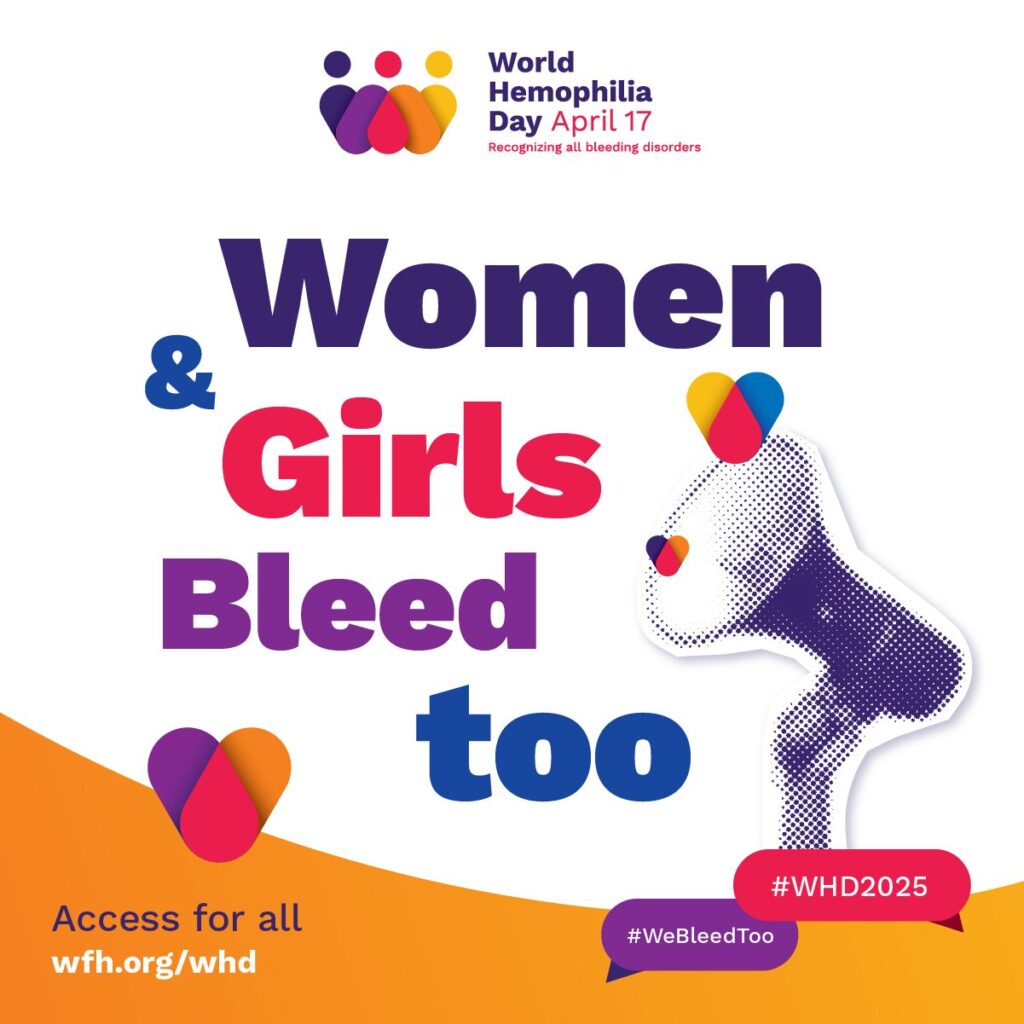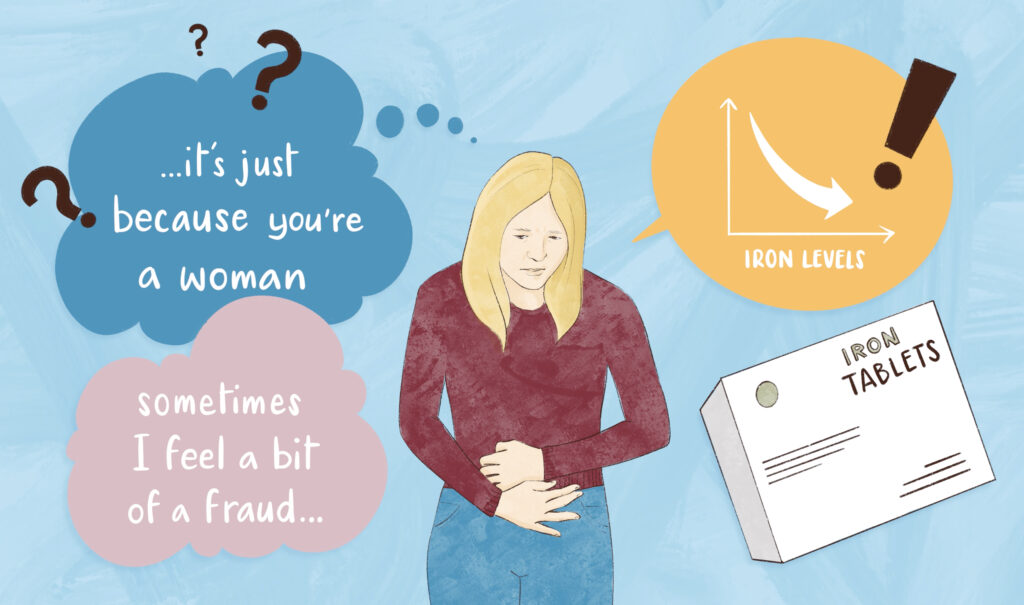Life with Glanzmann thrombasthenia – Results from our GT360 study
When it comes to rare bleeding disorders, the clue is in the title – they’re rare by definition. One of the rarest, Glanzmann thrombasthenia, affects around only 2 in a million people globally. So, you can imagine that researching how people live with it isn’t straightforward.
Being relatively few in number, people with Glanzmann’s aren’t easy to find – but being rare doesn’t preclude a need for effective treatment and care.
With almost 120 participants, Haemnet’s Glanzmann’s 360 (GT360) is the largest study to date exploring Glanzmann thrombasthenia. Both people with Glanzmann’s and parents caring for children with Glanzmann’s shared their experiences with us through a survey and in-depth interviews. We’re grateful to all of them for their time and candour, and glad to now be able to share the study results, lifting the lid on what it’s really like to live with Glanzmann’s.
“Until I was 17, I was diagnosed with von Willebrand’s”
Early, accurate diagnosis is essential for managing any bleeding disorder and ensuring access to the right treatment and care. Most people said they were diagnosed at a young age. It’s a complex process, though, exacerbated by the rarity of Glanzmann’s. Very few people in the study had family members with Glanzmann’s, and some said they’d initially been misdiagnosed with haemophilia or von Willebrand disease.
But even with a timely, accurate diagnosis, bleeding remains an issue for people with Glanzmann’s.
“It’s very much like sleeping next to Dracula’s daughter”
Nearly 90% of people in the study had experienced a bleed in the previous week – the average was three, with bruising, nosebleeds and gum or mouth bleeds being the most common. Bruising in both children and adults often led to suspicions of abusive behaviour, sometimes involving investigation by social workers.
Women were additionally impacted by very heavy and prolonged periods, and many were told that they could never have children because they simply wouldn’t survive childbirth. (We will take a closer look at the experience of women with Glanzmann’s in a future blog.)
Overall, around 80% of people in the study had lost time from work or school because of bleeding, which also impacted social activities and, for some, the ability to get a job or further their education.
“I don’t remember a time when I haven’t been tired”
Many people who shared their experiences with us also said that fatigue had a big impact on their quality of life. One participant told us she couldn’t remember a time when she hadn’t been tired – and that it sucked. That tiredness comes as a result of anaemia (due to frequent bleeding) and the need to constantly think ahead ‘just in case of a bleed’.
Individually, we think both the frequency of bleeding and the impact of tiredness in people with Glanzmann thrombasthenia are underestimated. Together, they have significant impacts, physically and psychosocially. Accepting frequent bleeding and bruising and constant fatigue is ‘normal’ life for many people with Glanzmann’s, and there’s no question that it impacts their quality of life.
“I know that innovation is coming”
In short, there are many challenges for people living with Glanzmann’s, alongside a raft of unmet needs. But the resilience of the people who took part in GT360 is inspiring, and they live in hope of a future with new treatments that will reduce the impact that Glanzmann thrombasthenia has on their lives.
We’d like to see that future too. And we hope our GT360 findings go some way to supporting the change that will bring that about.
With thanks to all those affected by Glanzmann’s who shared their experiences with us, and to the Glanzmann’s Research Foundation.
For more study results, see our open access GT360 papers:
- Khair K, Fletcher S, Boyton M, Holland M. Bleeding and quality of life in people with Glanzmann thrombasthenia – insights from the Glanzmann’s 360 study. Res Pract Thromb Haemost 2024; 8(7): 102586. doi: 10.1016/j.rpth.2024.102586.
- Khair K, Fletcher S, Jenner K, Holland M. One day at a time: Life with Glanzmann thrombasthenia – qualitative results from the GT360 study. Haemophilia 2024. doi: 10.1111/hae.15126. Epub ahead of print.
To find out more about our research, email research@haemnet.com
About the author
Kathryn Jenner is Editorial Director at Haemnet Ltd


